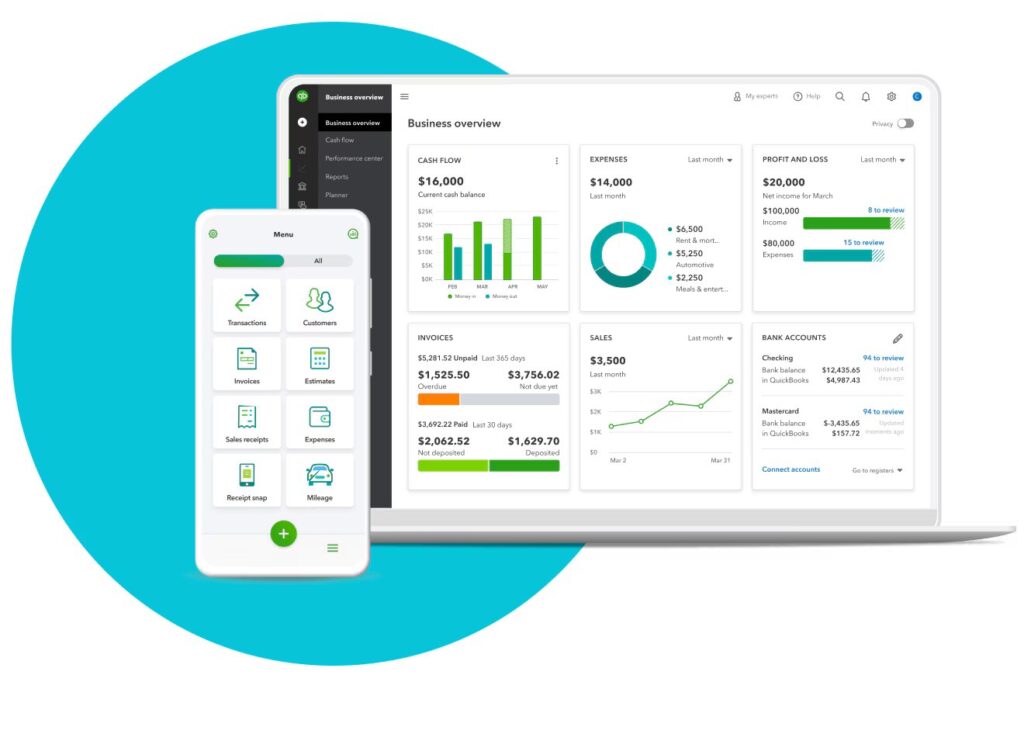Bank Loan: A Comprehensive Guide to Understanding and Utilizing Financial Support

Introduction to Bank Loans
In today’s financial landscape, bank loans play a crucial role in providing individuals and businesses with the necessary funds to achieve their goals. But what exactly is a bank loan, and why is it so important?
A bank loan is a sum of money borrowed from a bank or financial institution, which must be repaid with interest over a specified period. These loans can be used for various purposes, such as buying a house, starting a business, or covering educational expenses. The importance of bank loans lies in their ability to offer immediate financial support, enabling borrowers to make significant investments or cover urgent expenses.
Types of Bank Loans
Bank loans come in various forms, each designed to meet specific needs. Understanding these types can help you choose the right loan for your situation.
Personal Loans
Personal loans are unsecured loans that can be used for a wide range of purposes, from consolidating debt to financing a vacation. They usually have fixed interest rates and repayment terms.
Business Loans
Business loans are designed to support business operations, whether it’s starting a new venture, expanding an existing one, or covering operational costs. They can be secured or unsecured, depending on the lender’s requirements.
Mortgage Loans
Mortgage loans are secured loans used to purchase real estate. They typically have lower interest rates compared to other loan types because the property serves as collateral.
Auto Loans
Auto loans are used to finance the purchase of a vehicle. These loans are usually secured by the vehicle itself, which can be repossessed if the borrower defaults.
Student Loans
Student loans are specifically designed to cover educational expenses, including tuition, books, and living costs. They often come with flexible repayment terms and lower interest rates.
How Bank Loans Work
Understanding how bank loans work can demystify the borrowing process and help you make informed decisions.
The Application Process
Applying for a bank loan involves submitting a detailed application form, along with supporting documents such as proof of income, identification, and credit history.
Loan Approval and Underwriting
Once the application is submitted, the bank’s underwriting team evaluates the borrower’s creditworthiness. This includes assessing credit scores, income levels, and existing debts.
Interest Rates and Repayment Terms
Interest rates on bank loans can be fixed or variable, and they significantly impact the total cost of the loan. Repayment terms vary depending on the loan type and the lender’s policies.
Benefits of Bank Loans
Bank loans offer several advantages, making them an attractive option for many borrowers.
Access to Large Sums of Money
Bank loans provide access to substantial amounts of money, enabling borrowers to make significant investments or cover large expenses.
Flexible Repayment Options
Many bank loans come with flexible repayment options, allowing borrowers to choose terms that best suit their financial situation.
Building Credit History
Successfully repaying a bank loan can help build a positive credit history, which is crucial for future borrowing and financial stability.
Risks and Challenges of Bank Loans
While bank loans offer numerous benefits, they also come with certain risks and challenges.
High-Interest Rates
Some bank loans, especially unsecured ones, can have high-interest rates, increasing the total cost of borrowing.
Risk of Default
Failing to repay a bank loan can lead to default, which can have severe consequences, including legal action and damage to credit scores.
Impact on Credit Score
Taking on too much debt or missing payments can negatively impact your credit score, making it harder to obtain future loans.
Eligibility Criteria for Bank Loans
Banks have specific criteria that borrowers must meet to qualify for a loan.
Credit Score Requirements
A good credit score is often a key requirement for obtaining a bank loan. Higher scores typically result in better loan terms.
Income and Employment Verification
Lenders require proof of stable income and employment to ensure that borrowers can repay the loan.
Collateral and Security
For secured loans, borrowers must provide collateral, such as property or a vehicle, to secure the loan.
How to Apply for a Bank Loan
Applying for a bank loan involves several steps, each crucial for ensuring a successful application.
Preparing Your Documents
Gather all necessary documents, including proof of income, identification, and any required collateral details.
Choosing the Right Bank and Loan Type
Research different banks and loan types to find the one that best meets your needs and offers favorable terms.
Submitting Your Application
Complete and submit the loan application, ensuring all information is accurate and complete.
Tips for Getting Approved for a Bank Loan
Improving your chances of loan approval involves several strategies.
Improving Your Credit Score
Work on boosting your credit score by paying off existing debts and making timely payments.
Reducing Debt-to-Income Ratio
Lowering your debt-to-income ratio can make you a more attractive borrower to lenders.
Providing Adequate Collateral
Offering valuable collateral can increase your chances of securing a loan, especially for larger amounts.
Understanding Loan Terms and Conditions
Familiarizing yourself with loan terms and conditions can help you avoid unexpected surprises.
Fixed vs. Variable Interest Rates
Understand the difference between fixed and variable interest rates and how they affect your repayments.
Prepayment Penalties
Check if your loan has prepayment penalties, which can apply if you repay the loan early.
Loan Tenure
Consider the loan tenure, as longer terms can reduce monthly payments but increase the total interest paid.
Managing Your Bank Loan
Effective management of your bank loan ensures timely repayments and financial stability.
Creating a Repayment Plan
Develop a repayment plan that aligns with your income and expenses, ensuring timely payments.
Setting Up Automatic Payments
Automatic payments can help you avoid missing due dates and incurring late fees.
Communicating with Your Lender
Maintain open communication with your lender to address any issues or changes in your financial situation.
Alternatives to Bank Loans
Exploring alternatives can provide additional options if bank loans are not suitable.
Credit Unions
Credit unions often offer lower interest rates and more personalized service compared to traditional banks.
Peer-to-Peer Lending
Peer-to-peer lending platforms connect borrowers directly with investors, often providing competitive rates.
Personal Savings
Using personal savings can be a cost-effective alternative to taking a loan, as it avoids interest payments.
Common Mistakes to Avoid When Taking a Bank Loan
Avoiding common mistakes can save you money and prevent financial stress.
Overborrowing
Only borrow what you need and can afford to repay, avoiding unnecessary debt.
Ignoring the Fine Print
Carefully read and understand the loan agreement to avoid unexpected fees and conditions.
Missing Payments
Timely payments are crucial for maintaining a good credit score and avoiding penalties.
How to Refinance a Bank Loan
Refinancing can offer better terms and lower interest rates, making it a viable option for many borrowers.
Benefits of Refinancing
Refinancing can reduce monthly payments, lower interest rates, and improve loan terms.
The Refinancing Process
The refinancing process involves applying for a new loan to pay off the existing one, often with better terms.
When to Consider Refinancing
Consider refinancing if interest rates have dropped, your credit score has improved, or you need to reduce monthly payments.
The Future of Bank Loans
The landscape of bank loans is continually evolving, influenced by technology and economic trends.
Digital Lending Platforms
Digital platforms are revolutionizing the lending process, offering faster approvals and more convenience.
Trends in Interest Rates
Stay informed about trends in interest rates, as they impact borrowing costs and loan affordability.
Impact of Economic Changes
Economic changes can affect loan availability, interest rates, and repayment terms, making it essential to stay informed.
Conclusion
Bank loans are a vital financial tool, offering numerous benefits but also posing certain risks. By understanding the different types of loans, the application process, and how to manage loans effectively, you can make informed decisions and utilize bank loans to achieve your financial goals.
FAQs
What is the difference between a secured and an unsecured loan?
A secured loan requires collateral, such as property or a vehicle, while an unsecured loan does not. Secured loans typically have lower interest rates due to the reduced risk for lenders.
Can I get a bank loan with bad credit?
It is possible to get a bank loan with bad credit, but it may come with higher interest rates and stricter terms. Improving your credit score before applying can increase your chances of approval.
How long does it take to get approved for a bank loan?
The approval process for a bank loan can vary, ranging from a few days to several weeks, depending on the lender and the complexity of the application.
What happens if I default on my bank loan?
Defaulting on a bank loan can have serious consequences, including legal action, damage to your credit score, and potential loss of collateral for secured loans.
Are there any tax benefits for taking a bank loan?
Some bank loans, such as mortgage loans, may offer tax benefits. It’s essential to consult with a tax advisor to understand the specific benefits available for your loan type.











